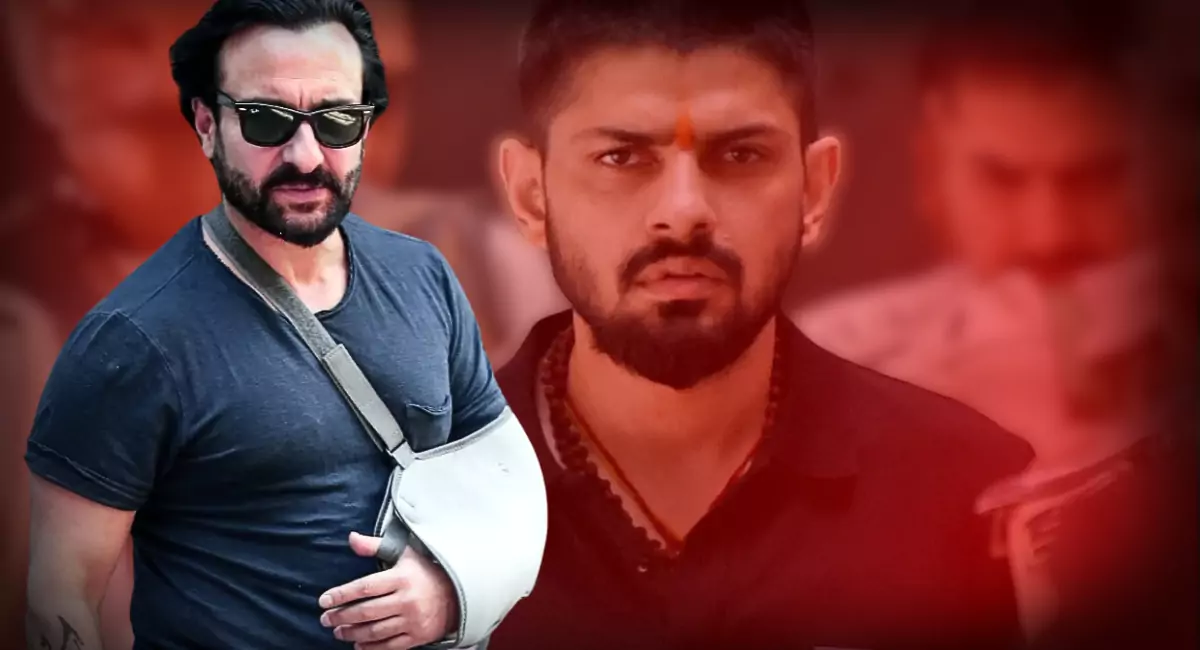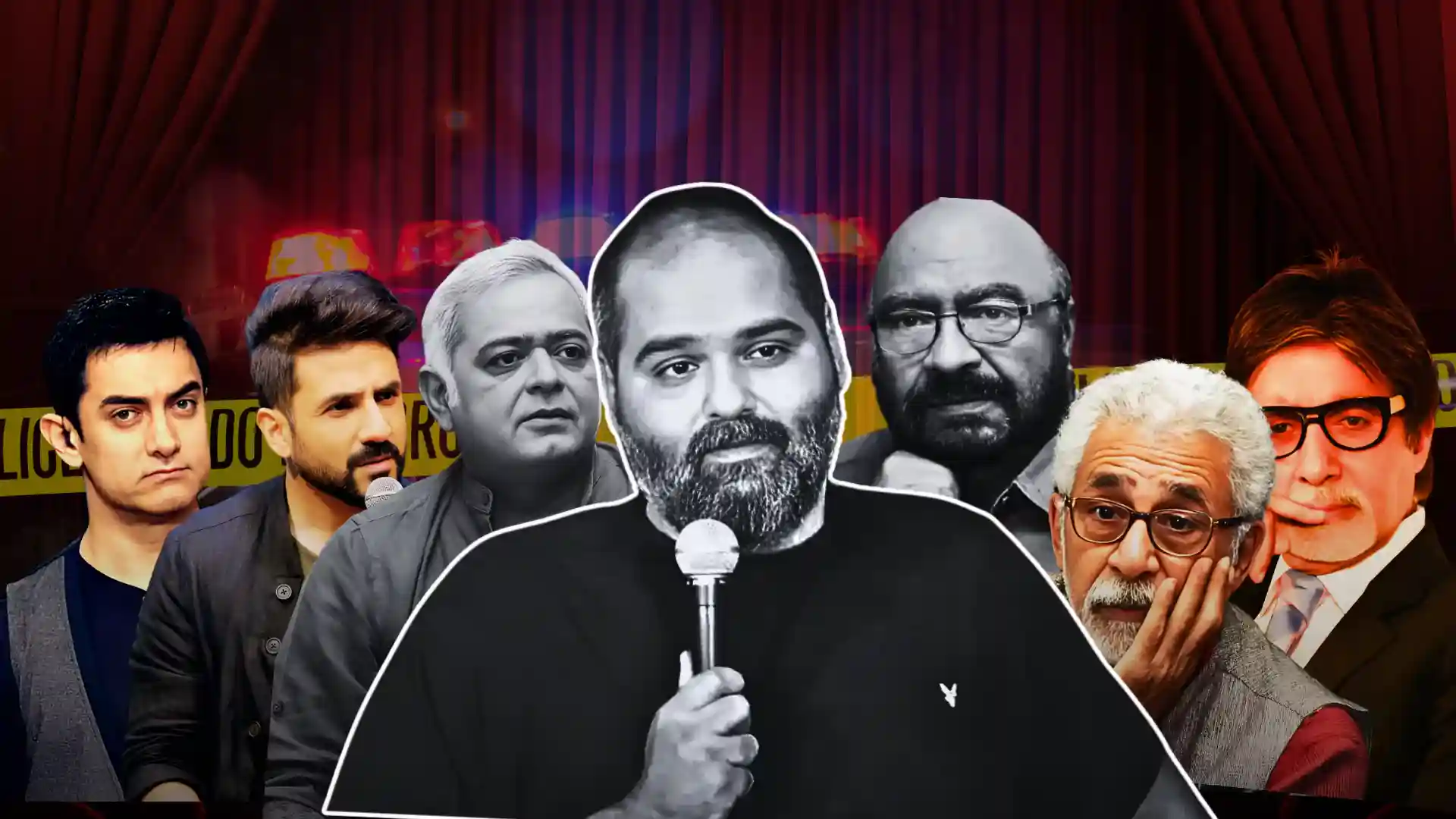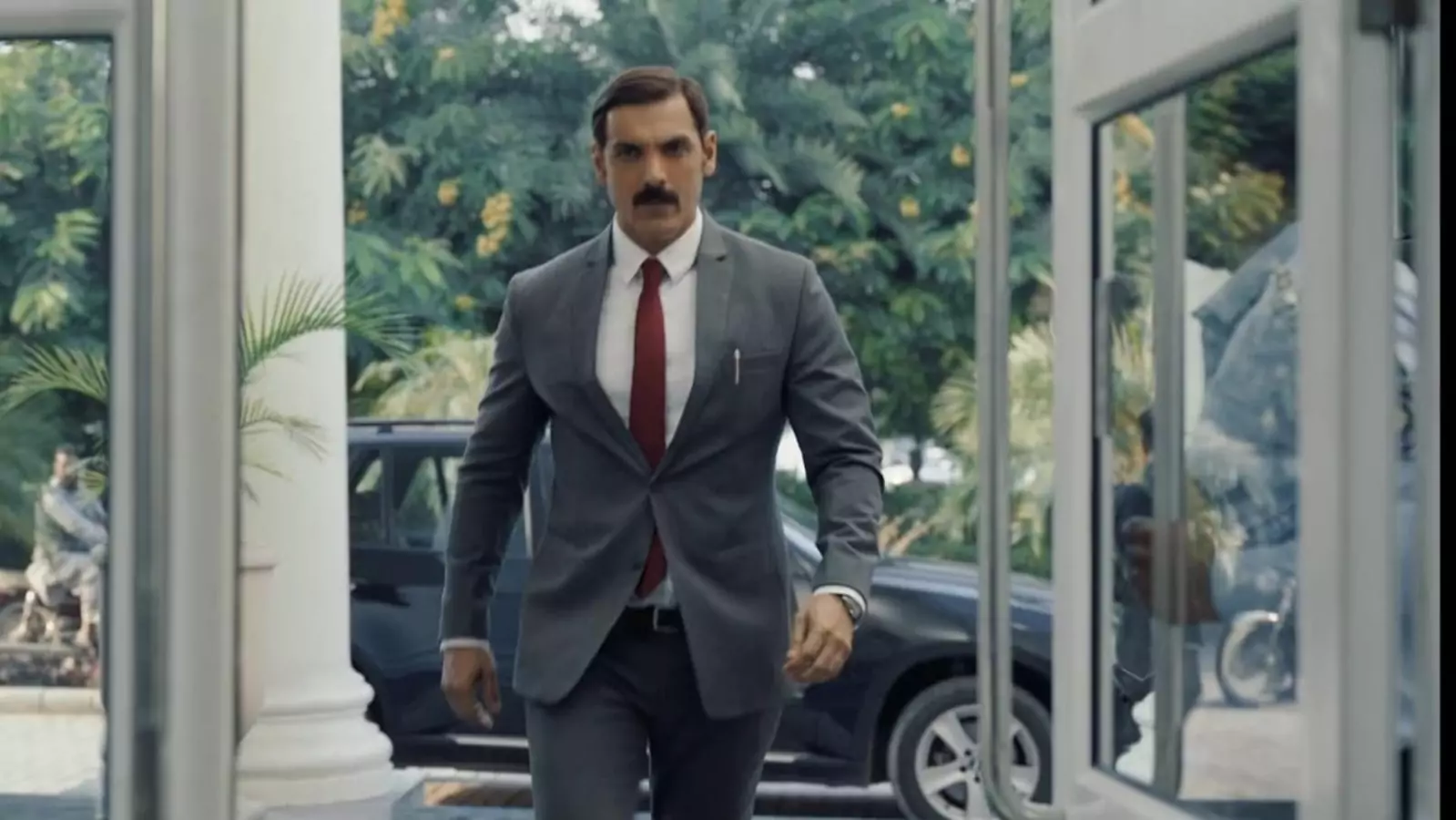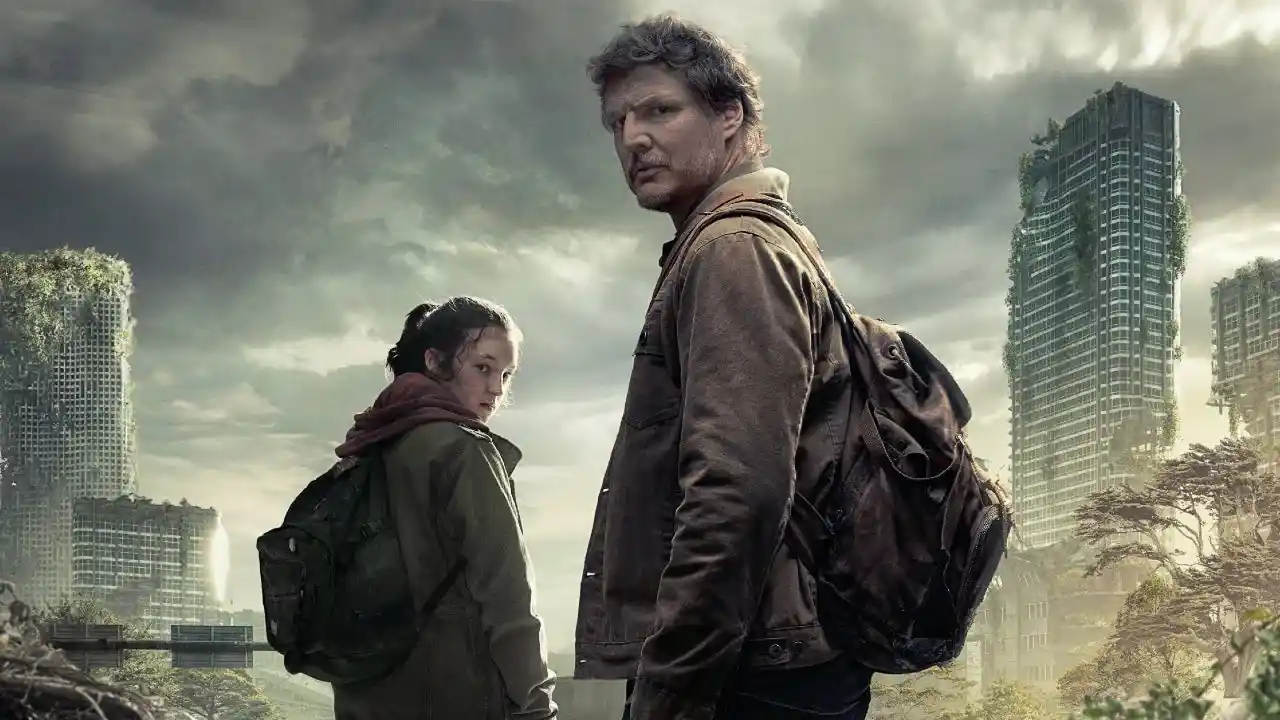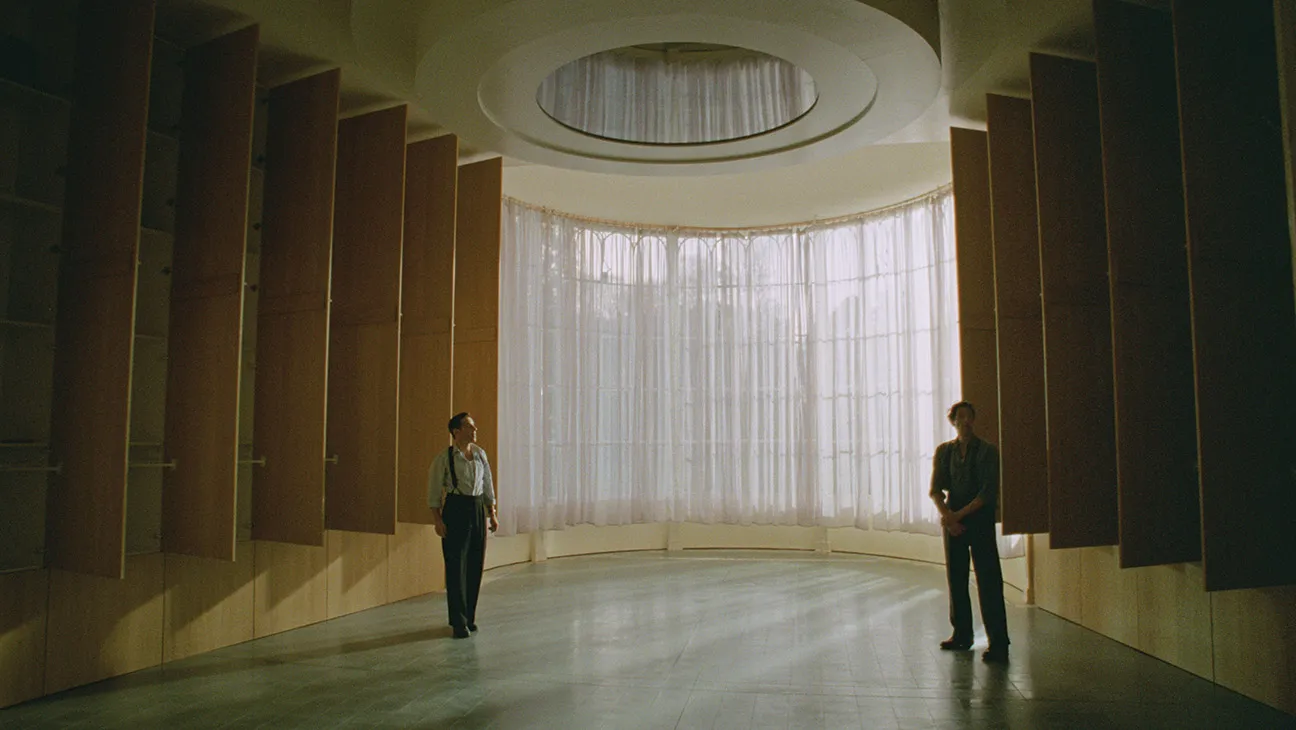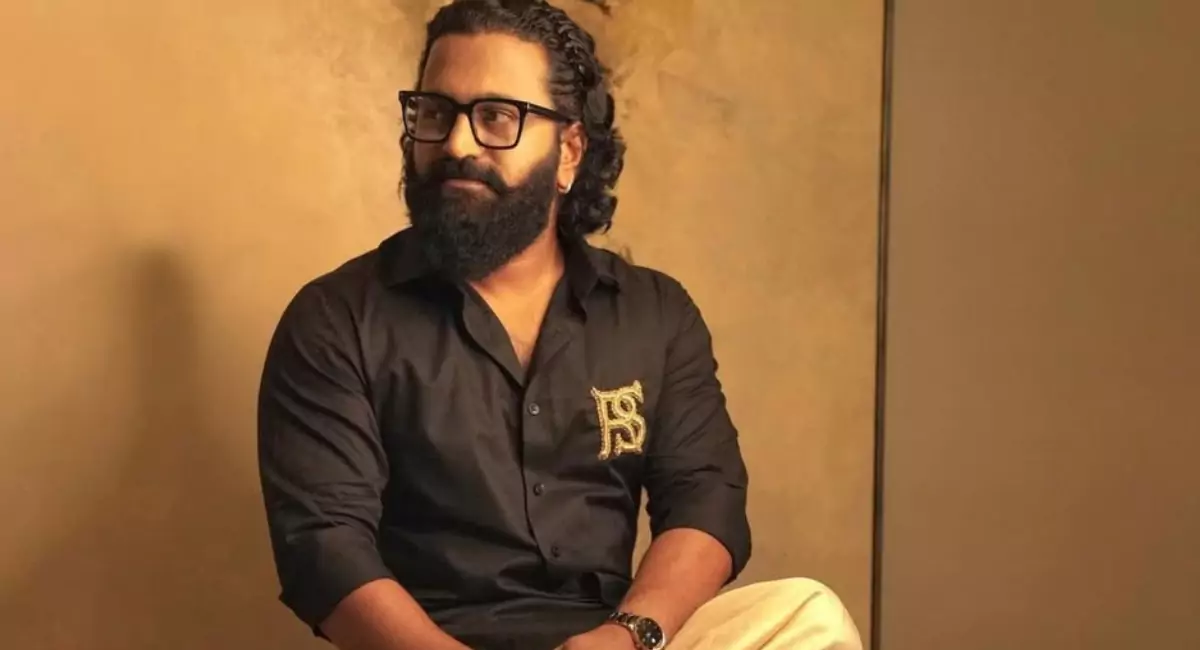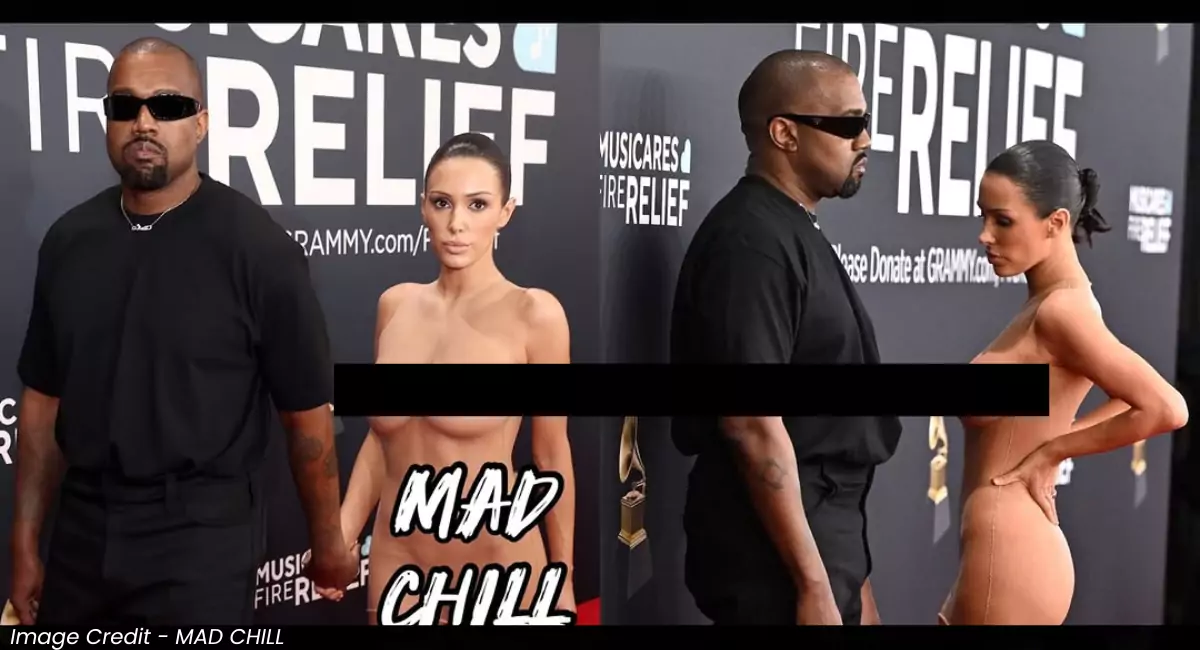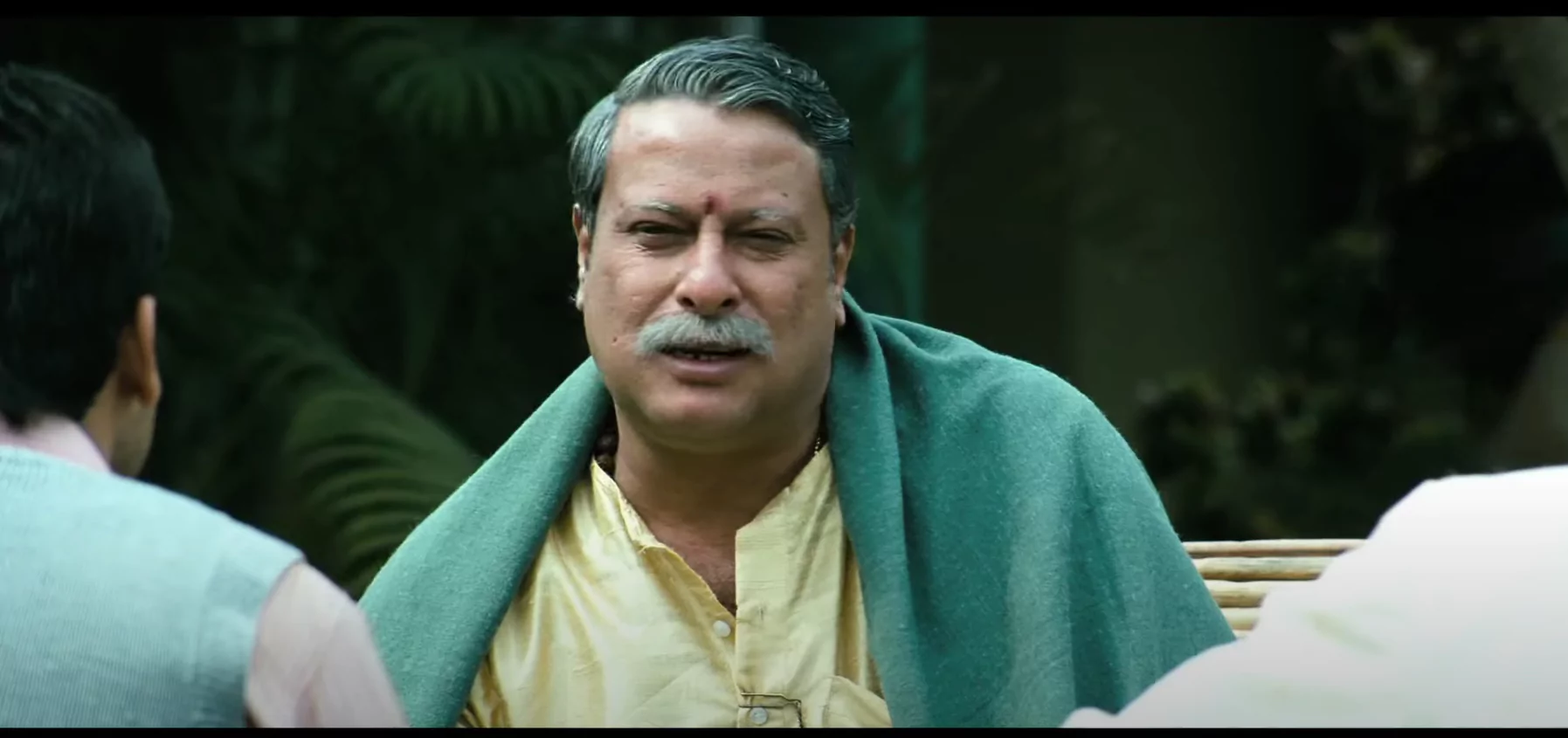The world laughed when they heard Bollywood was remaking Quentin Tarantino’s gritty crime classic “Reservoir Dogs.” But something unexpected happened when “Kaante” hit screens in 2002 – it wasn’t just good, it earned rare praise from Tarantino himself who admitted certain scenes surpassed his original. This tale of six criminals planning the ultimate heist managed to balance Hollywood’s raw edge with uniquely Indian emotional depth, creating something that transcended the “mere copy” label and stood proudly on its own.
Hollywood remakes often leave viewers disappointed, but “Kaante” broke this pattern with style and substance. Director Sanjay Gupta openly acknowledged his inspiration rather than hiding it, which showed respect for the source material. The film’s Los Angeles setting gave it an authentic international feel while maintaining its Indian soul.
The stellar cast elevated the material to heights that surprised even the most skeptical critics. Amitabh Bachchan as the elder statesman “Major” brought gravitas and power that Lawrence Tierney’s Joe Cabot in the original simply couldn’t match. Sanjay Dutt transformed the psychopathic Mr. Blonde character into something uniquely menacing as Ajju.

The technical aspects of “Kaante” showed Bollywood could compete on the global stage. The film was shot entirely in Los Angeles with a mixed Indian-American crew, achieving production quality that stood shoulder to shoulder with international standards. Cinematographer Sanjay F. Gupta captured the city’s gritty underbelly with stylish camera work that paid homage to Tarantino while establishing its own visual identity.
What truly set “Kaante” apart was how it expanded on its source material rather than merely copying it. Each character received deeper backstories that the original film never explored, creating emotional investment that Tarantino’s version sometimes sacrificed for cool detachment. The brotherhood formed between these criminals felt genuine and added emotional stakes to their ultimate fate.

The soundtrack became a cultural phenomenon in its own right, something the original film couldn’t claim. Songs like “Maahi Ve” and “Ishq Samundar” topped charts for months, becoming club anthems that are recognized even today. The music integrated seamlessly into the narrative without disrupting the film’s gritty tone.
The dialogue, penned by Suresh Nair, captured Tarantino’s sharp wit while adapting it for Indian sensibilities. Lines like “Fifty percent chor, fifty percent police, sau percent bekaar” became instantly quotable and demonstrated how effectively the film localized its inspiration. The characters spoke with authentic voices that never felt like translations of American counterparts.
Perhaps the most significant achievement was Tarantino’s own reaction to the film. The notoriously particular director, who rarely praises remakes of his work, admitted that certain scenes in “Kaante” were executed better than in his original. This validation from the master himself silenced many critics who had dismissed the film as just another Bollywood copy.

The film’s climactic shootout demonstrated how “Kaante” transformed its inspiration rather than merely imitating it. Where Tarantino’s finale was cold and nihilistic, Gupta infused his with emotional weight and consequences that resonated deeply with audiences. The brotherhood between these criminals made their inevitable tragedy more impactful than the original’s more detached approach.
“Kaante” approached violence differently, making it stylized but less graphic than Tarantino’s version. This creative constraint actually forced more innovative storytelling techniques that built tension through suggestion rather than explicit gore. The restraint ultimately created a more accessible film without sacrificing its edge.
The film’s international success opened doors for Bollywood to experiment with genre films on a global scale. “Kaante” proved that Indian cinema could adapt western concepts while maintaining its unique identity and emotional core. The film’s legacy continues to influence filmmakers who aim to balance commercial appeal with artistic integrity.
Looking back at “Kaante” after 23 years, its achievement becomes even more impressive in context. Few remakes of classic films manage to earn respect from both fans of the original and new audiences, yet “Kaante” accomplished this rare feat. The film respected its inspiration while confidently charting its own path, creating something that stood independently.
What remains remarkable is how “Kaante” turned its constraints into strengths. Working with Indian censorship requirements could have watered down the film, but instead pushed the creators to find creative solutions that sometimes improved upon the original. The deeper emotional connections between characters added dimensions that Tarantino’s version never explored.
The film’s legacy extends beyond its box office success or critical reception. “Kaante” helped reshape international perceptions of what Indian cinema could achieve, moving beyond stereotypes of singing and dancing. It demonstrated that Bollywood could adapt international concepts while maintaining its unique cultural perspective and emotional depth.
Twenty-three years later, “Kaante” remains the gold standard for how to remake a film with respect and creativity. It stands as proof that a remake can honor its source while finding its own voice, sometimes even improving upon the original in unexpected ways. Tarantino’s approval was just confirmation of what Indian audiences already knew – “Kaante” wasn’t just a good copy; it was a great film in its own right.


